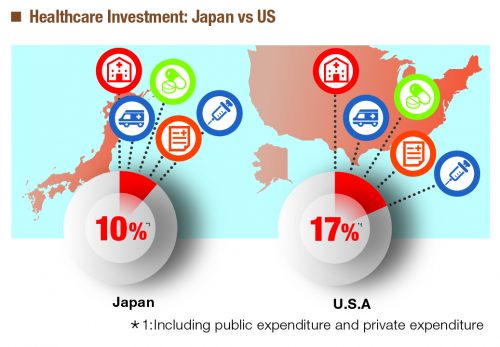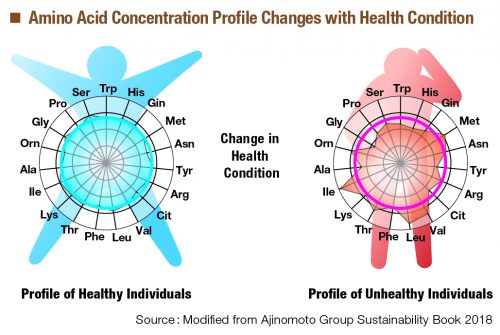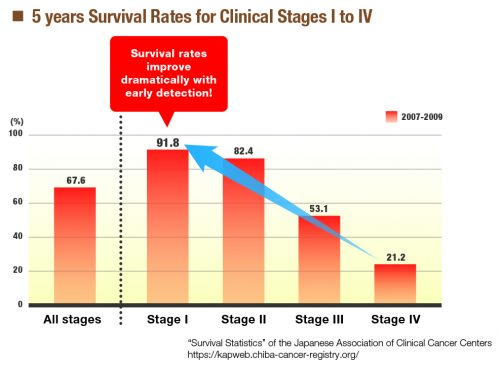Why Dont Filipinos Live Very Long?
According to a study on life expectancy conducted by the World Health Organization (WHO), the average Filipino only lives up to 69.3 years old, in which males and females live up to 66.2 and 72.6, respectively. This gives the Philippines a World Life Expectancy rank of 123.
Among the leading causes of death that contributes to the Philippines relatively low life expectancy is cancer, which causes over 20,000 deaths yearly. According to the Cancer Coalition of the Philippines, cancer kills seven adults every hour, and eight children every day.
Although the Philippines currently implements certain cancer prevention strategies, such as regulation policies, health plans, cancer treatment, and palliative care, there is still much room for improvement when it comes to cancer screening.

The Philippines cancer profile by WHO shows that only breast palpation or a clinical breast exam (CBE) is generally available at the public primary health care level, while other cancer screening and detection systems, namely cervical cytology, mammogram, and colonoscopy, are not. Early detection is of great importance when it comes to dealing with cancer, and given these statistics, the Philippines needs more reliable screening and detection systems.
AminoIndex TM Cancer Screening: Filling an Unmet Need
This is the precise reason why Ajinomoto Co., Inc. (Ajinomoto Co.) developed the AminoIndex™ Cancer Screening (AICS™). Due to the companys long history of researching amino acids, it understood that the balance of amino acid concentrations in blood changes to reflect a persons health. Thus, this led to the development of a simple cancer screening technology, which can increase the possibility of detection together in combination with other screening tests.
AICS™ is easy on the doctor and the patient, requiring only 5ml of blood during a routine doctor visit. In men, it screens for stomach, lung, colorectal, pancreatic, and prostate cancer, while in women, it screens for stomach, lung, colorectal, pancreatic, breast, and uterine/ovarian cancer.
The concentrations of 19 different amino acids are analyzed. Based on a historical database, the normal concentration profile for a healthy individual is known, as is the profile for each type of cancer that is tested. By comparing the patients profile to the database, cancers can be detected effectively.

The body’s amino acid concentration profile changes in response to a wide variety of illnesses, not just cancer. As a result, Ajinomoto Co. has also developed the AminoIndex™ Lifestyle disease Screening (AILS™), which uses the same underlying technology to screen for common lifestyle diseases such as diabetes. The company is currently investigating additional therapeutic areas in which the AILS™ can be helpful.
Source : Modified from Ajinomoto Group Sustainability Book 2018

A Good Start
Needless to say, every countrys health system is different. In some countries like Peru, there is a noticeable gap between the cancer screening facilities in urban versus rural areas, and in private versus public hospitals. Other countries including Singapore are rapidly building additional medical facilities to keep up with rising rates of cancer.It seems that countries the world over, including the US, UK, and France, are turning their attention to prevention in order to avoid the physical, psychological, and financial devastation that cancer can bring to families.
Compared to other cancer screening methods, the AICS™ is relatively new, and currently it has only been studied in Japanese subjects. However, more than 150,000 Japanese people have taken the test, and it is expected that thousands of Filipinos will follow in their example.
Ajinomoto Co. hopes to support other countries to adapt and adopt AIRS™ technology to suit their individual needs. It is the companys solemn responsibility as it seeks to support people all around the world in the pursuit of a long, healthy life.

